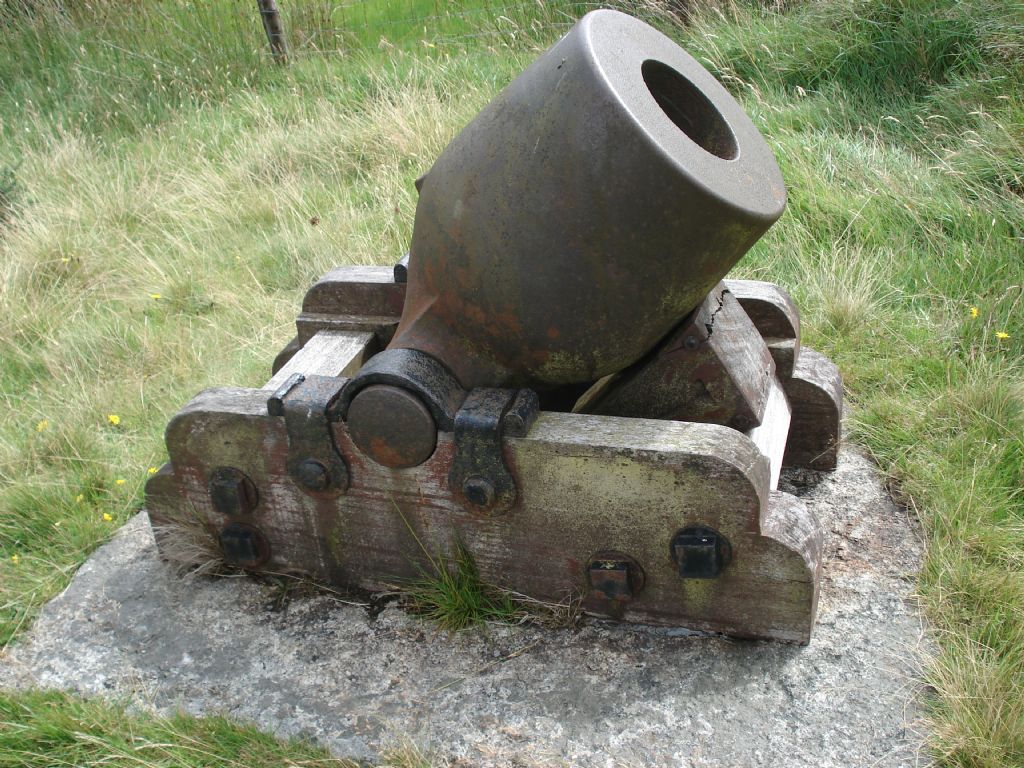Posted by Mick B1 on 22/12/2021 14:16:34:
Posted by SillyOldDuffer on 22/12/2021 11:26:06:
…
On the subject of dense acrid smoke …
Both sides used smokeless powder.
…
Dave
'Smokeless' is a bit of a relative term, like 'stainless' for steel.
Look at any photo or footage of a large 20th C warship firing its main armament, and there are always vast volumes of dense, dark smoke emitted – even though 'smokeless'propellants like nitrocellulose, cordite or their analogues were in use. In some notable sea battles, such as Falkland Islands in 1914 or the final Bismarck action in 1941, ships had to alter course in order to prevent their own gunsmoke clouding their gunnery direction.
I've never been able to find out why such copious smoke was emitted by heavy guns, when smallarms really do produce very little. …
Never occurred to me, but Mick is right: big guns do make smoke.
Progress! This is what my 1922 copy of 'Service Chemistry' by Lewes and Brame says:
Smoke Haze from Cordite – Although nitro-glycerin and gun-cotton are both of them absolutely smokeless, yet the rapid firing of a number of guns using this powder gives rise to a fog or haze, and with the increase in charges necessitated by the introduction of modified cordite, this has shown itself to be rather troublesome and hampers the use of the guns to a certain extent. This haze, which becomes in some cases a thick yellow cloud, is due to several factors. It consists of condensed water vapour, smoke from the powder primer, vaseline, and the cartridge bag, and oxide of copper from the driving bands; and as the moisture, vaseline and cartridge bagging increase directly with the charge, this trouble necessarily increases with the use of the modified cordite.
Earlier it's explained that Mk1 Cordite was modified to reduce the burn temperature after finding British Artillery used in the Boer War soon became inaccurate due to 'rapid washing away of the bore' : the flame temperature of burning Cordite is above the melting point of steel.
M.D. Cordite is:
Tri-nitro-cellulose – 65%
Nitroglycerin – 30%
Vaseline – 5%
Although the book doesn't say so, I'd expect any chemicals added to reduce flash would cause smoke too. Sodium Carbonate, Sodium Bicarbonate, Potassium Chloride and Rock Salt are mentioned.
Although claiming to be Tri-service, 'Service Chemistry' has a distinctly nautical flavour because it was written by Professors at the Royal Naval College, Greenwich. However, it covers a wide range of Chemistry as applied practically to Hydrogen Balloons, Batteries, Combustion, Water (for Boilers and drinking), Boiler Incrustations, Carbon (Coal, Coke, Oil, Diamond), Fuels, Ventilation, Propellants, Explosives, Iron, Steel, Non-ferrous metals, Alloys, Corrosion, and Fouling. Although a century old, much of it is still valid, and in many ways more readable than modern textbooks! They tend to plunge into hard to grasp fundamentals, more physics than chemistry. For ordinary folk, life was simpler before the nature of the chemical bond was understood!
Dave
old mart.






